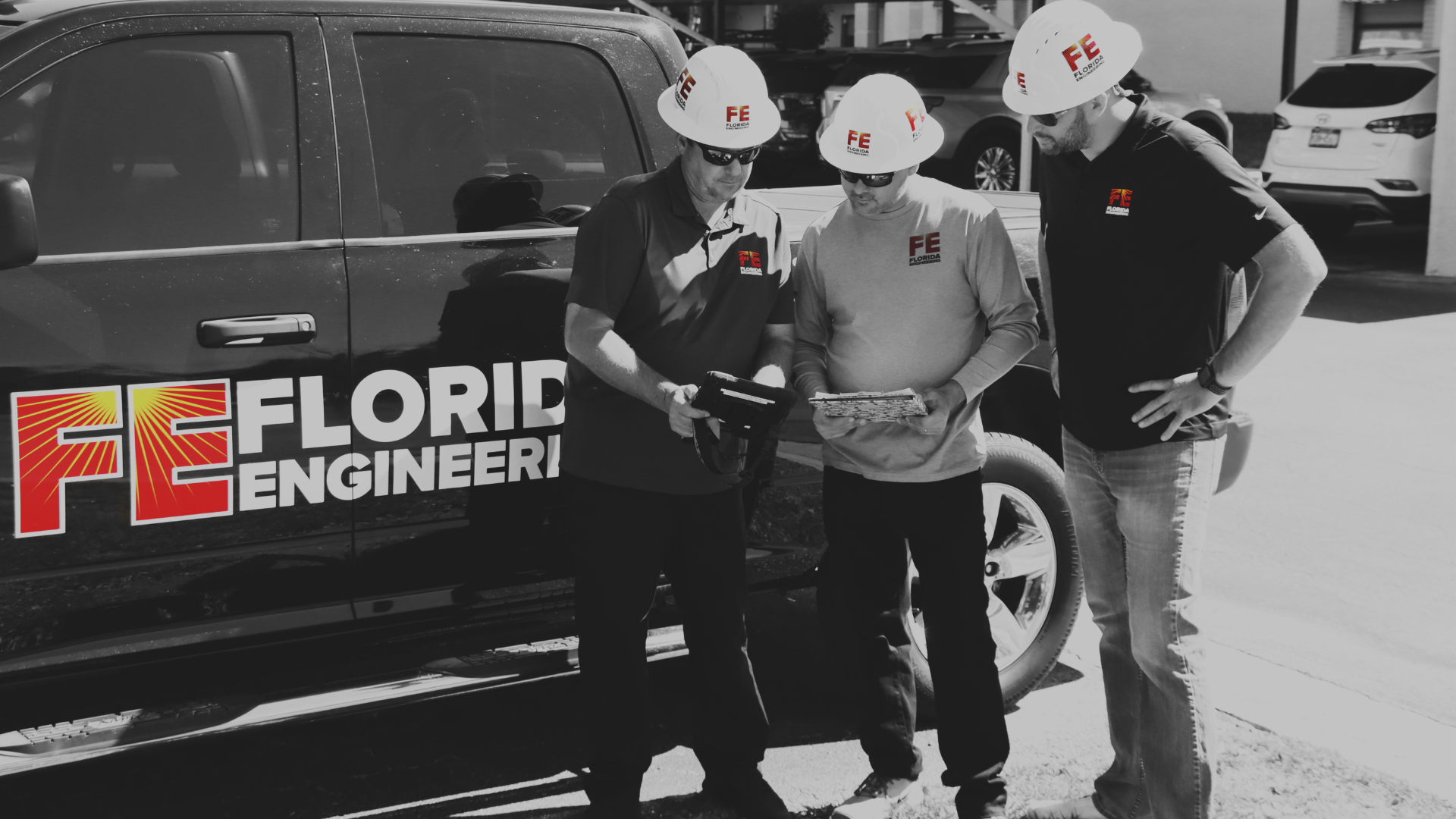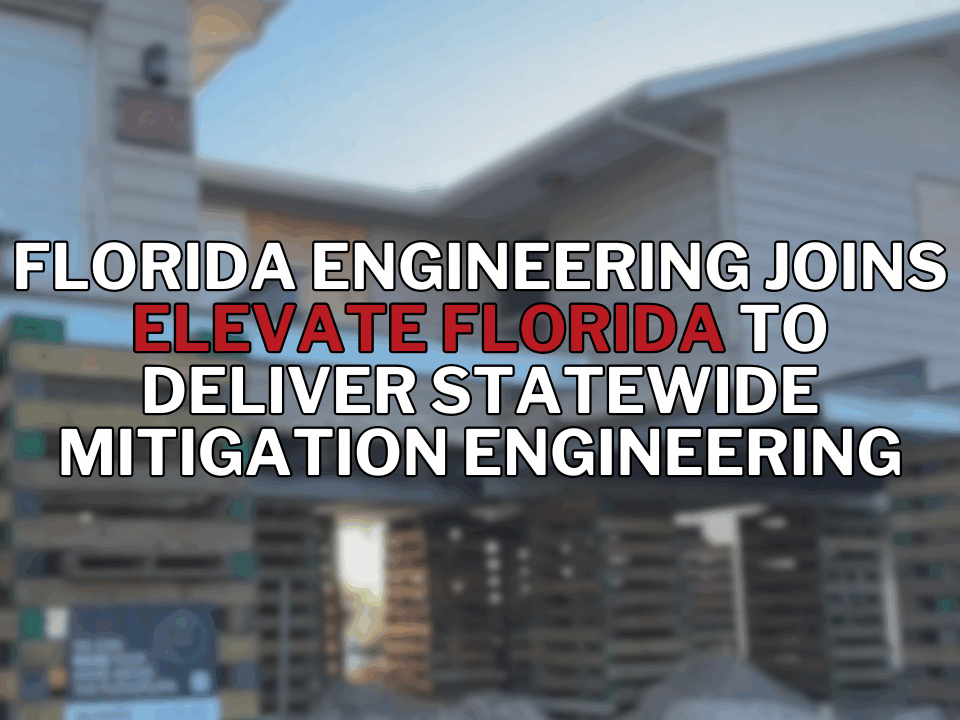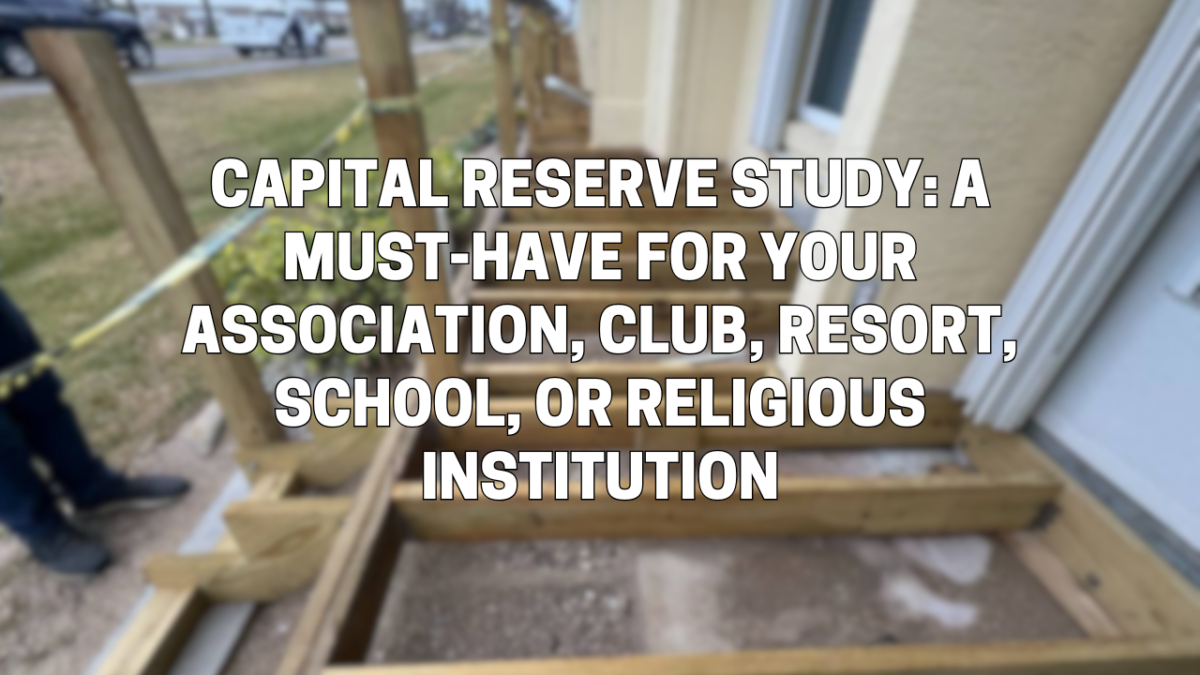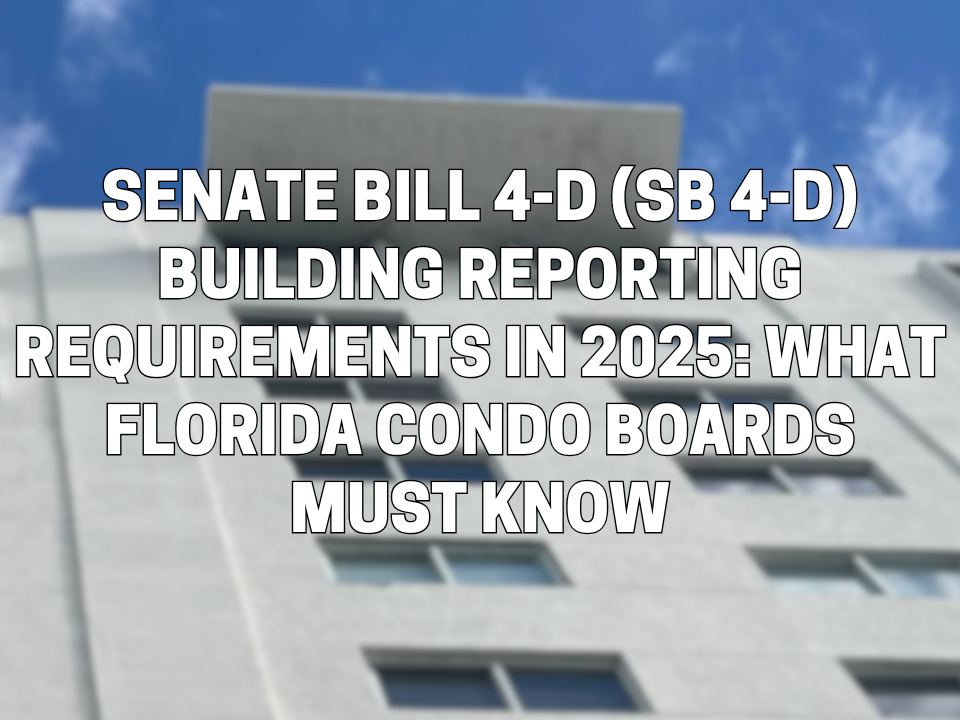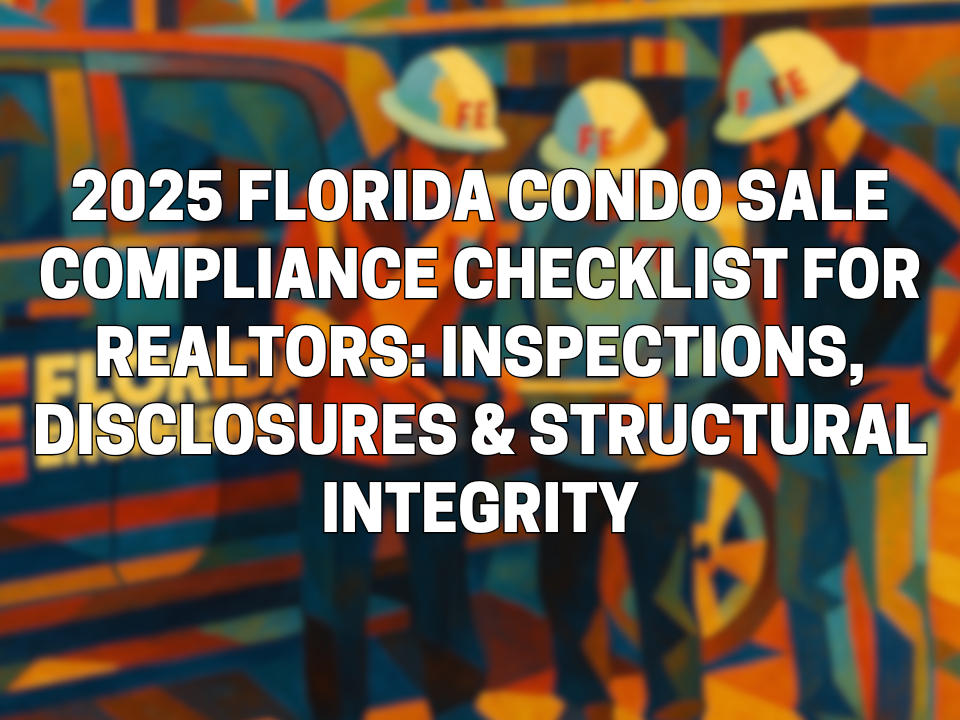Introduction
A Capital Reserve Study is an essential financial planning tool that ensures long-term sustainability for organizations like homeowners associations (HOAs), clubs, resorts, schools, and religious institutions. This study helps forecast future major repairs and replacements and ensures that funds are available when needed, avoiding sudden financial burdens on stakeholders.
In this article, we’ll break down why a Capital Reserve Study is crucial, how it works, and how organizations can use it to maintain financial stability in 2025 and beyond.
What is a Capital Reserve Study?
A Capital Reserve Study is a professional assessment that evaluates the life expectancy and replacement costs of key assets within a property. It includes:
- A Physical Analysis – Evaluates the condition of major components (e.g., roofs, HVAC systems, parking lots, playgrounds).
- A Financial Analysis – Determines if the reserve fund is adequately funded to meet future needs.
- A Funding Plan – Provides recommendations to ensure financial readiness without drastic fee increases or emergency assessments.
Who Needs a Capital Reserve Study?
- Homeowners Associations (HOAs) – Ensures roads, pools, and common areas remain well-maintained.
- Clubs & Resorts – Keeps facilities updated and operational.
- Schools & Universities – Maintains safe and functional infrastructure.
- Religious Institutions – Plans for repairs and improvements without unexpected costs.
Why Your Organization Needs a Capital Reserve Study
A Capital Reserve Study is not just a recommendation—it’s a necessity. Here’s why:
1. Financial Stability & Predictable Planning
A reserve study helps avoid unexpected expenses and keeps financial planning on track. Without one, organizations often face sudden large repair costs, leading to special assessments or increased fees.
2. Prevents Deferred Maintenance & Deterioration
Neglecting timely repairs can lead to more costly damage. A well-planned reserve study ensures that major repairs (e.g., roofing, pavement, structural elements) are addressed before they become emergencies.
3. Compliance with Legal & Regulatory Requirements
Many states and local governments require reserve studies for HOAs, condominiums, and certain institutions. Failing to conduct one could result in penalties or legal liabilities.
4. Enhances Property Value & Member Satisfaction
A well-maintained property attracts new residents, visitors, and members while preserving long-term asset value. Inadequate planning leads to deteriorating conditions, dissatisfaction, and potential loss of members or property devaluation.
5. Ensures Fair Contributions from Members
With a structured funding plan, all members contribute fairly over time, avoiding sudden spikes in fees when repairs are necessary.
Key Components of a Capital Reserve Study
A Capital Reserve Study includes three primary components:
1. Physical Condition Assessment
A professional will evaluate:
- Building structures (roofing, walls, foundations)
- Mechanical systems (HVAC, plumbing, electrical)
- Amenities & common areas (pools, clubhouses, landscaping)
- Parking lots & walkways (asphalt conditions, lighting)
- Safety & accessibility features
2. Financial Reserve Analysis
This section focuses on:
- Projected costs of repairs/replacements
- Current reserve fund status
- Annual contributions needed to stay financially prepared
3. Funding Plan & Recommendations
This part outlines:
- The recommended funding strategy
- Contribution adjustments to maintain financial health
- A schedule of anticipated repairs over the next 20-30 years
How Often Should You Conduct a Reserve Study?
Frequency of Updates
- Every 3-5 Years: Most financial experts recommend updating a Capital Reserve Study every 3 to 5 years to reflect current conditions and costs.
- Annual Reviews: A quick annual review of the funding plan helps ensure contributions remain on track.
How to Conduct a Capital Reserve Study
Here’s a step-by-step guide to conducting a Capital Reserve Study in 2025:
Step 1: Hire a Professional
Engage a licensed reserve study provider, engineer, or financial consultant with experience in long-term asset management.
Step 2: Perform a Property Inspection
The expert will inspect all critical assets, assessing their lifespan and maintenance needs.
Step 3: Conduct a Financial Review
Evaluate the current reserve fund balance and calculate whether future contributions align with anticipated expenses.
Step 4: Develop a Funding Plan
Create a detailed funding strategy to avoid financial shortfalls while keeping member contributions fair.
Step 5: Implement & Monitor the Plan
Regularly track reserve fund balances, project timelines, and cost updates to ensure financial health.
Funding Strategies for Reserve Studies
Organizations have three common funding approaches:
1. Full Funding
- Reserves are 100% funded for projected repairs.
- Requires higher contributions upfront but ensures no shortfalls.
2. Baseline Funding
- Reserves are maintained just above zero, meaning contributions only meet minimum needs.
- Riskier approach as unexpected costs may require sudden assessments.
3. Threshold Funding
- A balance between Full and Baseline Funding.
- Ensures funds stay above a pre-set minimum to cover upcoming projects.
Best Practice: Full or Threshold Funding is ideal to avoid future financial crises.
Common Mistakes to Avoid
Even with a Capital Reserve Study, many organizations make critical errors:
1. Underestimating Future Costs
Inflation, labor, and material costs rise over time. Regular updates prevent financial shortfalls.
2. Ignoring Small Repairs
Small maintenance issues become major expenses if ignored. Addressing minor fixes promptly extends asset life.
3. Delaying Contributions
Skipping contributions or diverting funds creates future deficits. Stick to recommended funding plans.
4. Using Reserve Funds for Non-Capital Expenses
Reserve funds should be used only for major repairs and replacements, not for daily operational costs.
Conclusion: Secure Your Organization’s Future in 2025
A Capital Reserve Study is one of the best financial decisions for any association, club, resort, school, or religious institution. It ensures financial readiness, prevents emergency repairs, and protects property value.
Don’t wait for a financial crisis—plan ahead with a comprehensive Capital Reserve Study today.
For expert guidance, contact Florida Engineering LLC to schedule a Capital Reserve Study for your organization in 2025.

